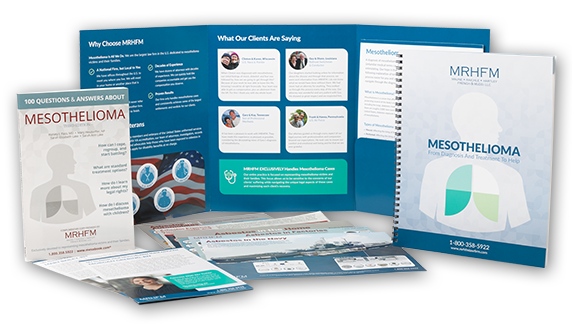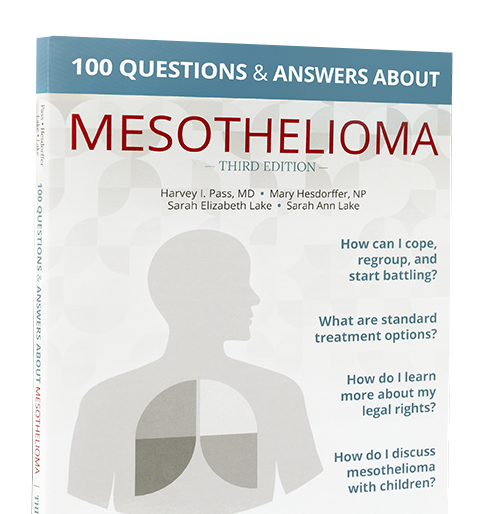Throughout the 20th century, tons of asbestos were mined in our country and put in thousands of everyday products. Asbestos was very inexpensive and was used as filler in many different products throughout many different industries. For example, asbestos was widely used to coat metals and in insulation and gaskets.
There are a number of different jobs where workers were exposed to a large amount of asbestos on a very frequent basis. People who have worked as millwrights may have an increased risk of developing mesothelioma cancer due to asbestos exposure on the jobsite.
Millwrights are craftsmen who work primarily with metals as they install and repair heavy machinery and equipment such as boilers, generators, and turbines. These machines, often found on construction and manufacturing jobs, are equipment that generate both electricity and heat.
Asbestos was commonly used to insulate the equipment millwrights worked with. Asbestos is a group of naturally occurring minerals that gained popularity in the 20th century because the affordable minerals were very strong, did not conduct electricity and were very resistant to heat and flame. Because of the excessive heat and potential fire hazards inherent in boilers, generators and turbines, asbestos insulation and asbestos gaskets were used heavily in this equipment.
Job tasks regularly performed by millwrights potentially exposed these individuals to dangerous amount of asbestos dust. While installing machinery, millwrights often needed to fit insulation and asbestos coated metals and gaskets to precise measurements. Fitting these materials required them to cut, grind, and weld pieces releasing fine asbestos fibers in the air. The repair of equipment could also create this asbestos dust as millwrights stripped and broke down old asbestos insulation from machinery. Once asbestos materials are damaged, asbestos dust can linger in the air and cling to clothing, especially in the unventilated environments common on construction sites and manufacturing plants. The small asbestos fibers, when inhaled or ingested, can become lodged in organ tissue causing scarring and inflammation that may eventually lead to the development of peritoneal mesothelioma, pleural mesothelioma, or pericardial mesothelioma along with other asbestos-related diseases.
Unfortunately, millions of people have been exposed to asbestos over the years. Only now are we able to see the disastrous effects of asbestos exposure in the workplace. Generally, it takes 10 to 60 years from the time of asbestos exposure until symptoms appear or mesothelioma is diagnosed.
Many of the companies have established trust funds to pay compensation to persons injured by asbestos.
If you have mesothelioma, or other asbestos-related injury, and wish to consult an attorney about your legal rights to compensation, CLICK HERE for a free consultation.





